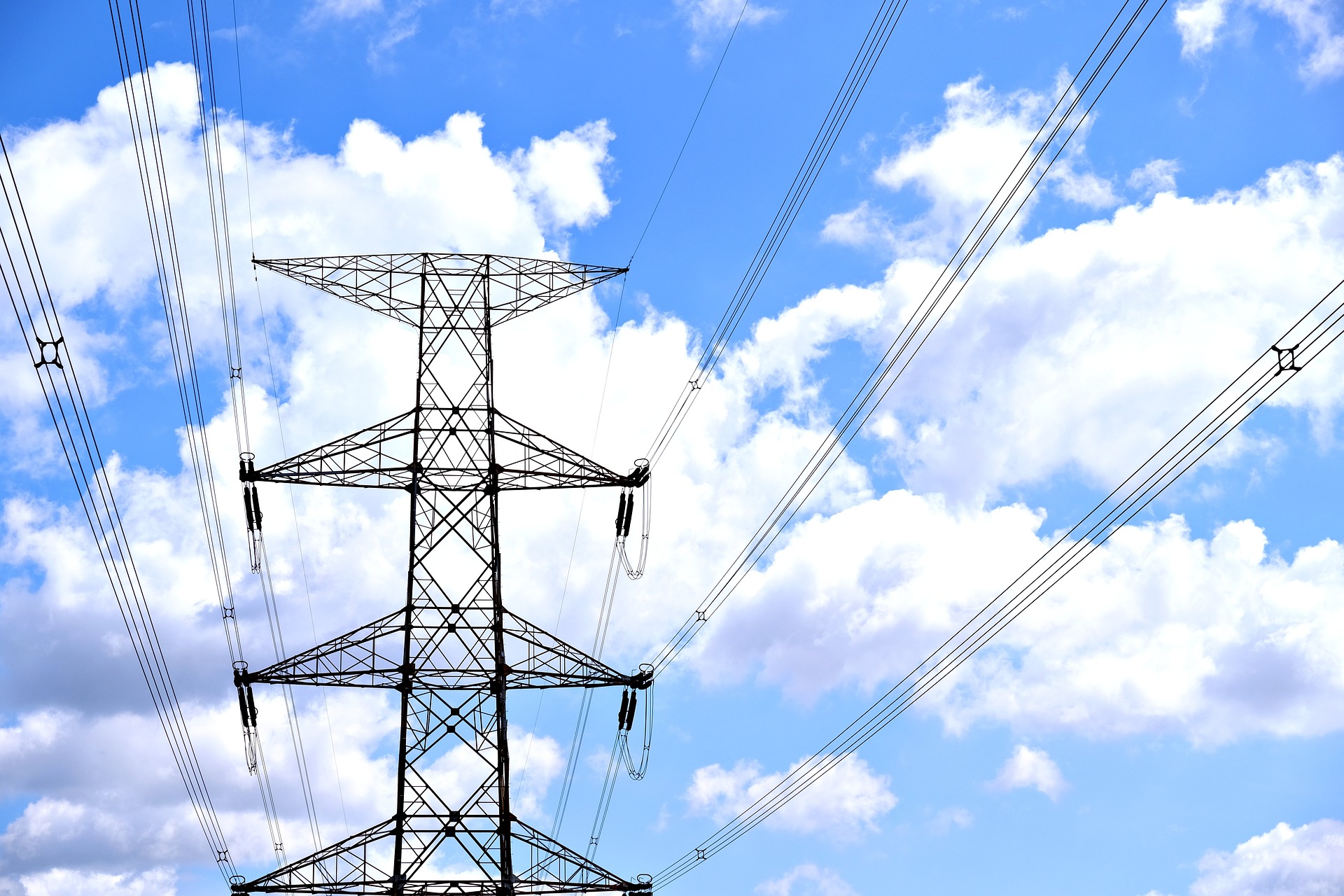Unraveling the Potential of Low Earth Orbit (LEO) Satellites for Global Connectivity
In the realm of global connectivity, one innovative solution is quickly gaining traction – Low Earth Orbit (LEO) satellites. As our world becomes increasingly connected, the demand for reliable, high-speed internet continues to grow. However, existing infrastructure struggles to meet this demand, particularly in remote and rural areas. Enter LEO satellites, offering a promising solution to this pervasive problem. With the potential to revolutionize our internet experience, let's delve into the fascinating world of LEO satellites.

An Overview of Low Earth Orbit Satellites
Low Earth Orbit satellites, as the name suggests, operate at a much lower altitude than traditional geostationary satellites. They typically orbit the earth at an altitude of around 1,200 miles or less, significantly closer than their geostationary counterparts that hover at around 22,236 miles. This proximity to earth significantly reduces latency, making LEO satellites a potential game-changer for internet connectivity.
The Evolution and Promise of LEO Satellites
The concept of Low Earth Orbit satellites is not new; however, their potential for internet connectivity has only recently been explored. In the past, these satellites were primarily used for scientific research, earth observation, and military purposes. Now, companies like SpaceX and OneWeb are launching hundreds of LEO satellites with the goal of providing high-speed internet to every corner of the globe.
LEO Satellites and Global Connectivity
One of the key advantages of LEO satellites is their ability to provide internet connectivity in hard-to-reach areas. Traditional terrestrial internet infrastructure, including fiber optic cables and cell towers, are expensive and impractical to deploy in remote or rural regions. LEO satellites, on the other hand, can provide worldwide coverage, ensuring that even the most remote regions have access to high-speed internet.
Challenges in Implementing LEO Satellite Technology
While the potential of LEO satellites is immense, their implementation is not without challenges. These include the high cost of launching and maintaining satellites, the risk of space debris, and regulatory hurdles. Additionally, the sheer number of satellites required to provide global coverage presents logistical and sustainability issues.
Practical Applications and Future Implications
Despite these challenges, the practical applications of LEO satellites are exciting. They could revolutionize industries like telemedicine, remote learning, and global communication. Moreover, by bridging the digital divide, they could democratize access to information and opportunities, having profound social and economic implications.
In conclusion, Low Earth Orbit satellites present a promising solution to the global connectivity challenge. As we continue to push the boundaries of technology and connectivity, it will be fascinating to see how LEO satellites evolve and shape our connected future.





